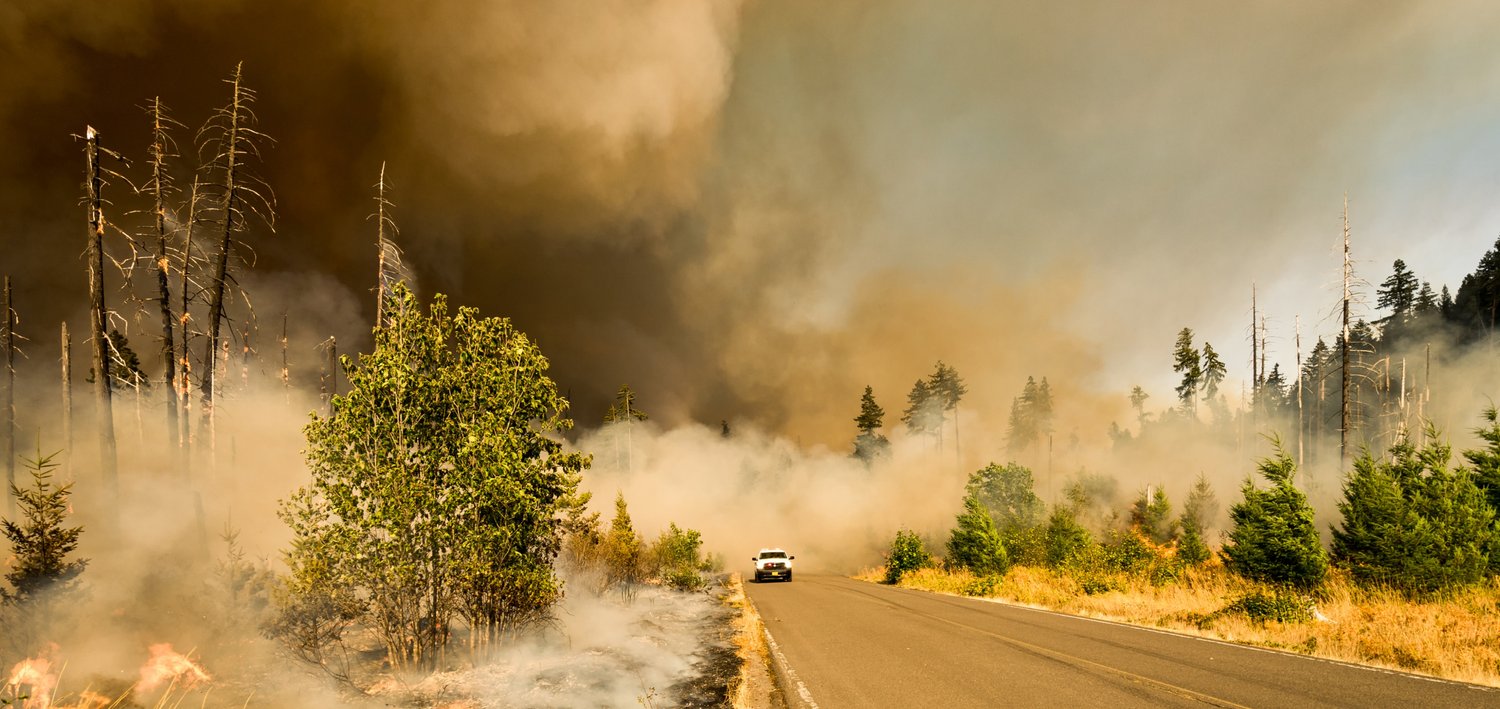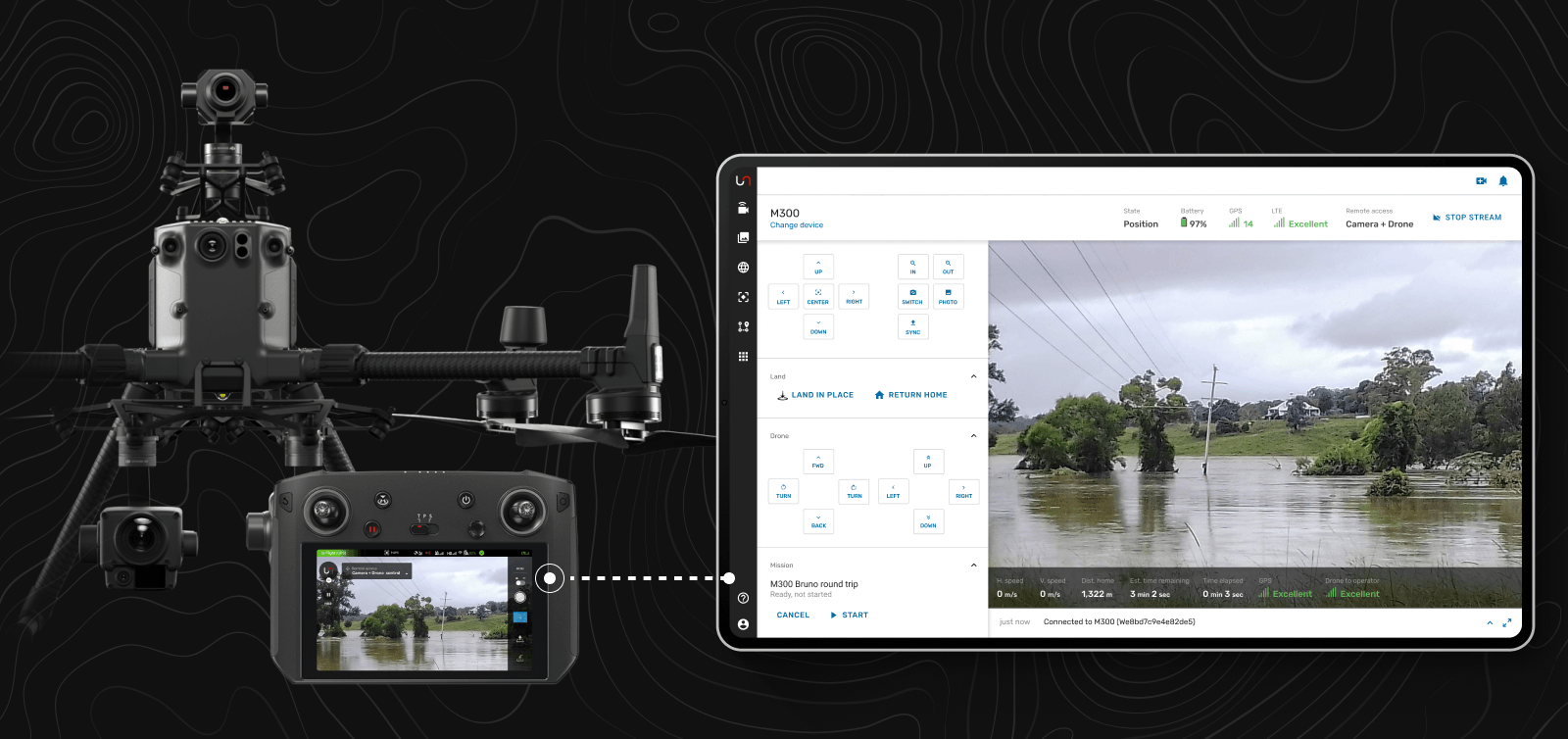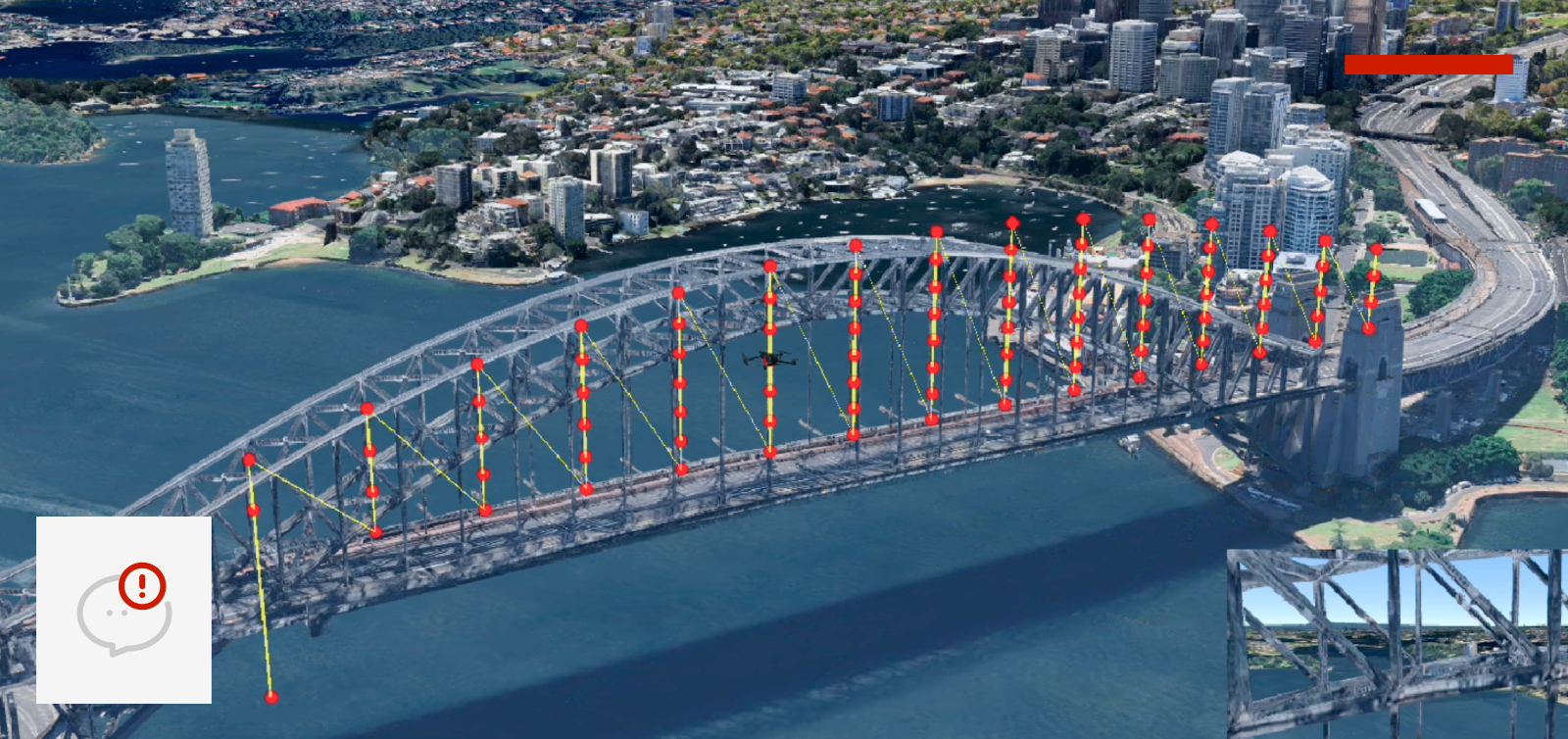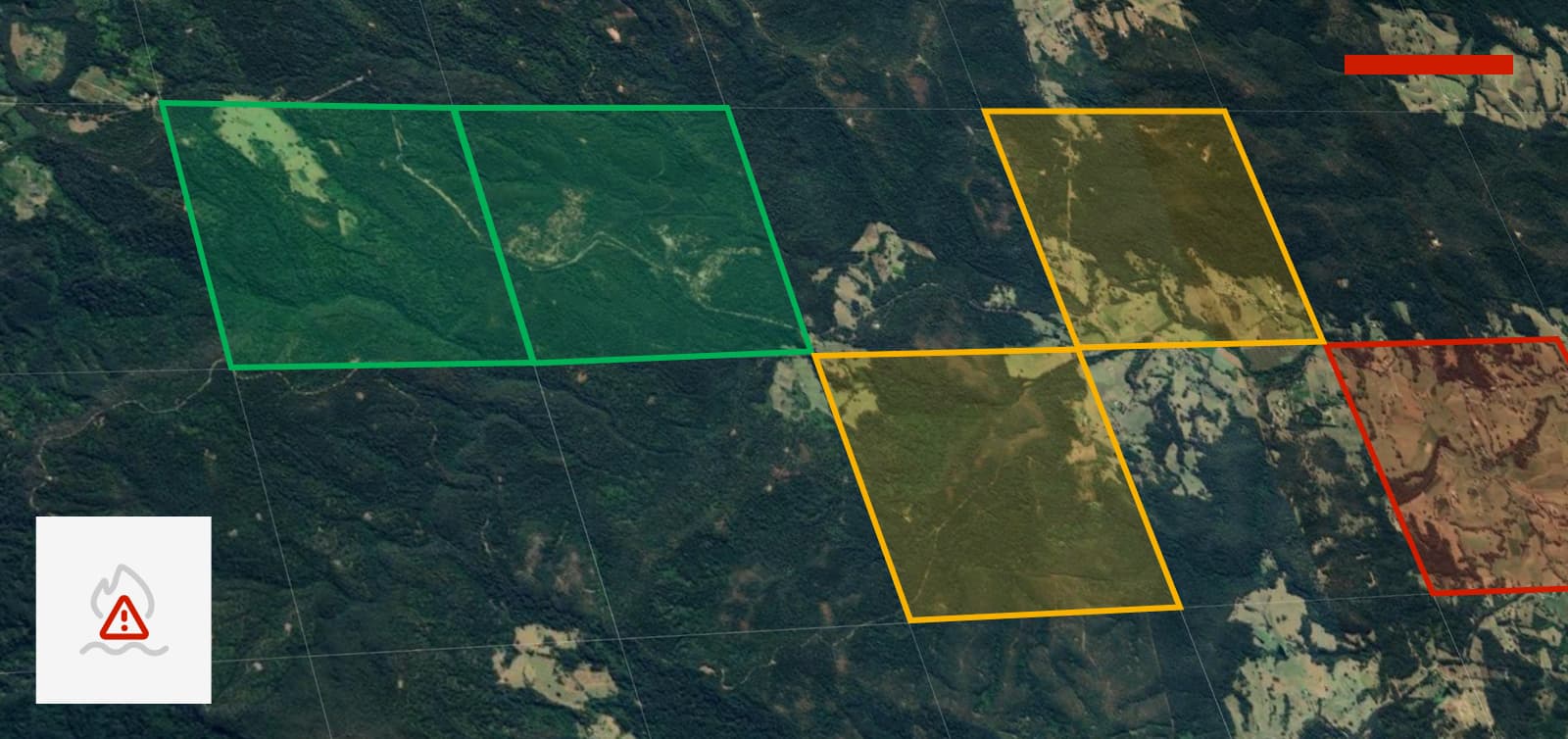Innovative Use Cases for Drones in the Fire Emergency Services
Ecological, economic and social impacts of wildfires
Globally hot, arid and dry conditions that fuel extreme wildfires have rapidly grown in frequency in both the USA and Australia.
A Climate Central report, found that since 1973, the number of fire weather days increased steeply in parts of the US. Southern Nevada, south-east California and swathes of New Mexico had the highest number of average annual fire weather days – with nearly 25% of the year in some regions characterized as 'high risk'. The likelihood of ‘fire weather’ in California and western Oregon alone, has increased by 40% in recent years.
In Australia, the fire risk days have alarmingly doubled, with the Black Summer fires of 2019/2020 highlighting the costs associated with high risk zones. Australia's national science agency, show that the fire season length across Australia has increased by 27 additional days over the last 41 years.
While fire is important for maintaining ecosystem processes and vegetation in some ecosystems such as grasslands, fires are now occurring more frequently in ecosystems that rarely experience large fires, which could lead to lasting changes that drastically impact humans, flora and fauna.
In Australia nearly 3 billion animals lost their lives or were displaced by the Black Summer 2019/2020 bushfire season, leaving many of these species in danger of extinction. The US’ Camp Fire in 2018 alone cost $15 billion as it burnt through 8.7 million acres of land and scorched 18,500 structures.
Globally, fire emissions are also responsible for 5-8% of the 3.3 million premature deaths each year from poor air quality and the contamination of drinking water in affected watersheds from ash runoff.

Automated power line inspection with Unleash live
Causes of Wildfires
The root cause of these fires is primarily due to climate change. But the fires’ catalysts can be a spark from a faulty powerline or encroaching vegetation disrupting the electricity grid.
The importance of making sure that these catalysts are kept in check is critical. An area where AI technology, such as computer vision is playing an increasingly important role.
In parallel, it is vital to equip our first responders, policymakers and communities with the ability to make better and faster decisions based on accurate data that will help in pivotal moments of crisis response.
Emergency services embracing AI drone technology
Increasingly, first response teams are turning to technology to combat the growing task of protecting our people, land and animals.
Australian fire services work year-round with the goal of preventing major disasters through back-burning and preparing for the inevitable bushfires. After listening to a number of presentations delivered by Australian Fire Chiefs at the Rotortech22 Expo held in Brisbane, it is clear that fire services are rapidly adopting new technology. They are exploring new possibilities and building a menu of technological resources that can be used in mitigating the impacts of fire seasons of the future.
Situational awareness is key when back-burning for fire prevention or firefighting. Bushfires create their own unpredictable weather systems making them an even more hostile environment to work in. Terrain is often restrictive and fire affected areas are difficult to access. Providing accurate information around firefighters movement can mean life or death not only for firefighters but other people and animals in the area.
The importance of supporting technology in these situations cannot be understated. Drones are now being used as an eye in the sky to live stream visual data to responders on the ground and operational centers nationwide.
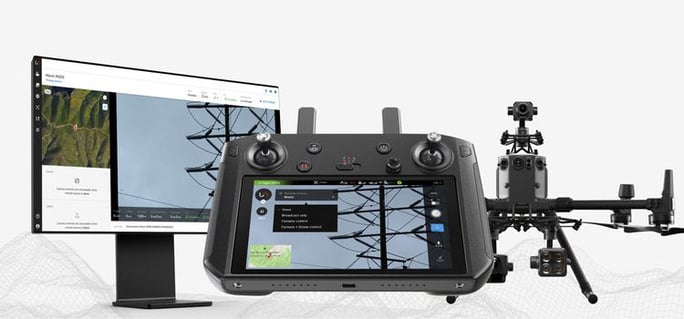
Remote Control - Control DJI drones and cameras remotely
Fighting fires with live streaming and remotely-controlled drones
By using a platform such as Unleash live, an AWS Public Safety and Disaster Response Partner, operation centers can keep track of the emergencies happening around their region in one central hub. They have the ability to remotely control their fleet of drones and gather instant insights into bushfires and back-burning operations. A centralized command center with real-time footage of the situation allows mission commanders to make the best decisions with up-to-date situational awareness.
Using this information, they are able to dispatch additional ground and air support efficiently, as well as effectively command ground units to remove personnel from risk, whilst efficiently managing resources on hand.
As global temperatures continue to rise, our changing climate will inevitably lead to more severe and intense wildfires in most ecosystems. As fire regimes shift across the world, communities will need to quickly adapt and adopt fire management policies. Live streaming and remote controlled drones are examples of technology leading the way to combating and predicting fire disasters for the twenty-first century.
Commercial UAV News wrote an interesting article on the topic that summarises, How Unleash live Supports Emergency Response and Energy Infrastructure Preparedness for Wildfires and Natural Disasters.


